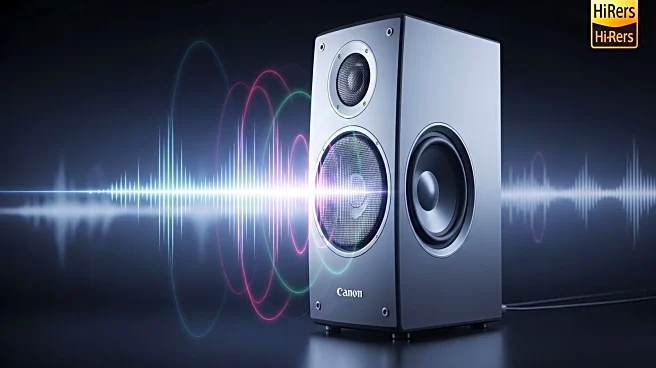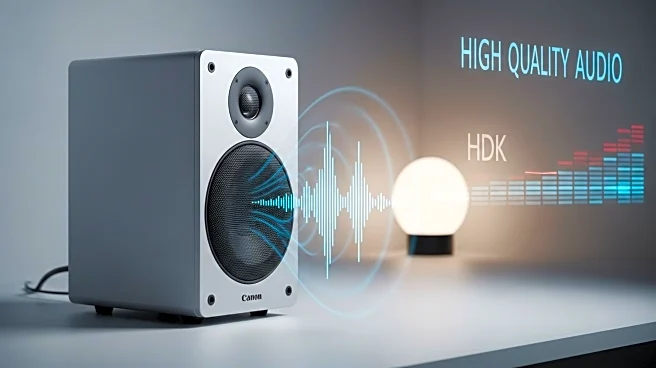What is the story about?
What's Happening?
Spotify has launched a new feature called 'lossless listening,' which offers higher quality audio streaming to its users. This update introduces 24-bit, 44.1kHz audio, marking a significant improvement over the previous 320kbps MP3 tracks. The new feature aims to provide a more detailed and realistic sound experience, enhancing the dynamic range and detail retrieval in music. This development places Spotify in competition with other high-resolution audio services like Qobuz, Tidal, and Apple Music, which offer up to 24-bit, 192kHz audio. The introduction of lossless audio is expected to attract more users interested in high-quality music streaming.
Why It's Important?
The introduction of lossless audio by Spotify is significant as it aligns the platform with industry standards for high-resolution music streaming. This move could potentially increase Spotify's user base, particularly among audiophiles who prioritize sound quality. By offering improved audio quality, Spotify enhances its competitive edge against other streaming services like Tidal and Apple Music. This development may also influence the broader music streaming industry to adopt similar standards, thereby raising the overall quality of streamed music. Additionally, it could lead to increased demand for high-quality audio equipment, benefiting related industries.
What's Next?
Spotify's lossless audio feature is likely to prompt other streaming services to enhance their audio offerings to remain competitive. Users may need to invest in better audio equipment to fully experience the benefits of lossless streaming. As the demand for high-quality audio grows, there could be further innovations in audio technology and streaming capabilities. Spotify may also explore additional features to complement lossless audio, such as exclusive content or partnerships with audio equipment manufacturers.
Beyond the Headlines
The shift towards lossless audio streaming raises questions about data usage and storage requirements, as higher quality audio files are significantly larger. This could impact users' data plans and storage capacities, necessitating adjustments in how they manage their digital music libraries. Additionally, the move may influence the music industry's approach to digital rights management and licensing, as higher quality audio could affect how music is distributed and monetized.
AI Generated Content
Do you find this article useful?













